Hello And Welcome To Davíð's Game Design Exhibit :)
Please be quiet
Summit Sprint
Unity | 4 Weeks | 16 peopleA story about my attempt to translate the feeling of free solo rock climbing into a mobile game.
Click for more ->

Boss Battle Prototype
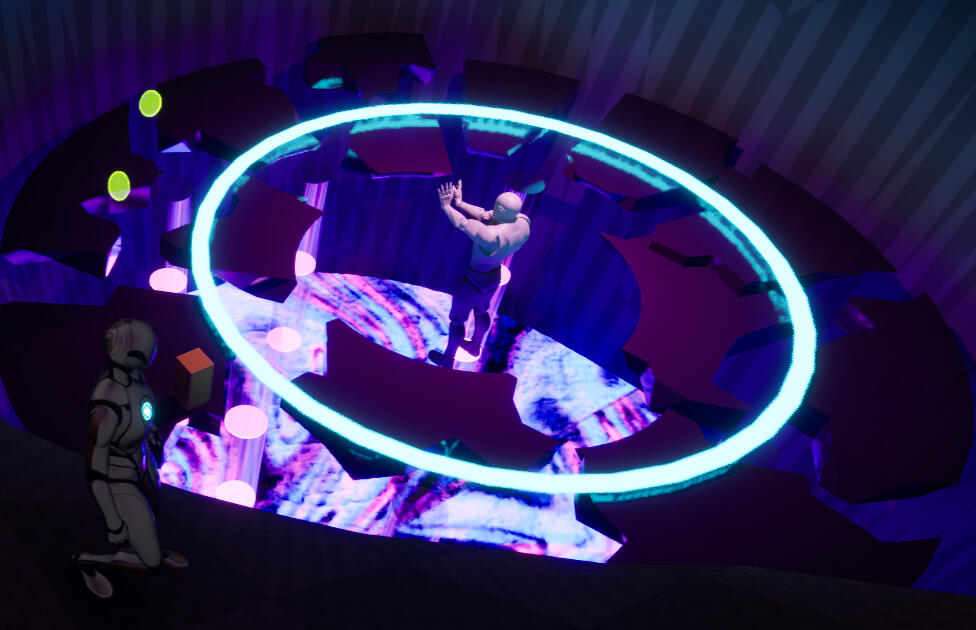
Unreal Engine | 4 weeks | 4 peopleA school project where we were tasked with prototyping a boss fight for a fictional game. It was a very fun and pure gameplay design exercise.
Click for more ->
Sheepwatch
Unreal Engine | 7 people | 6 weeksA shepherding resource management / exploration game with some RTS elements. I was the product owner and did gameplay design when I had the time.
Click for more ->
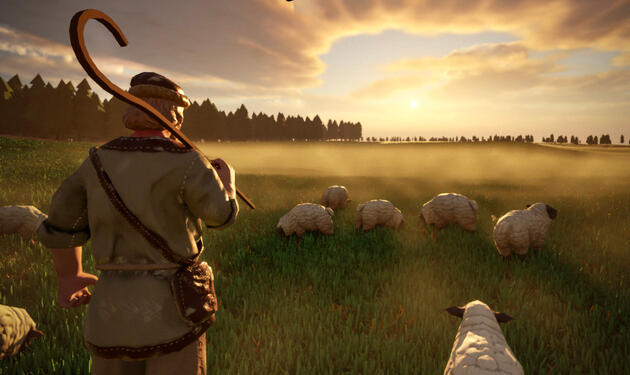
Sheepwatch
Product Owner/Gameplay Designer | Unreal
Index:
1. Intro
Intro
Sheepwatch was a 6 week long group project we did as a group of 7 people.
My main role was Product Owner, meaning I was responsible for the team, deadline deliveries and presentations.Alongside that I did Gameplay Design when I had the time. I ended up putting a bit too much on my plate and my systems suffered as a result. More on that in the systems section.
What is Sheepwatch?
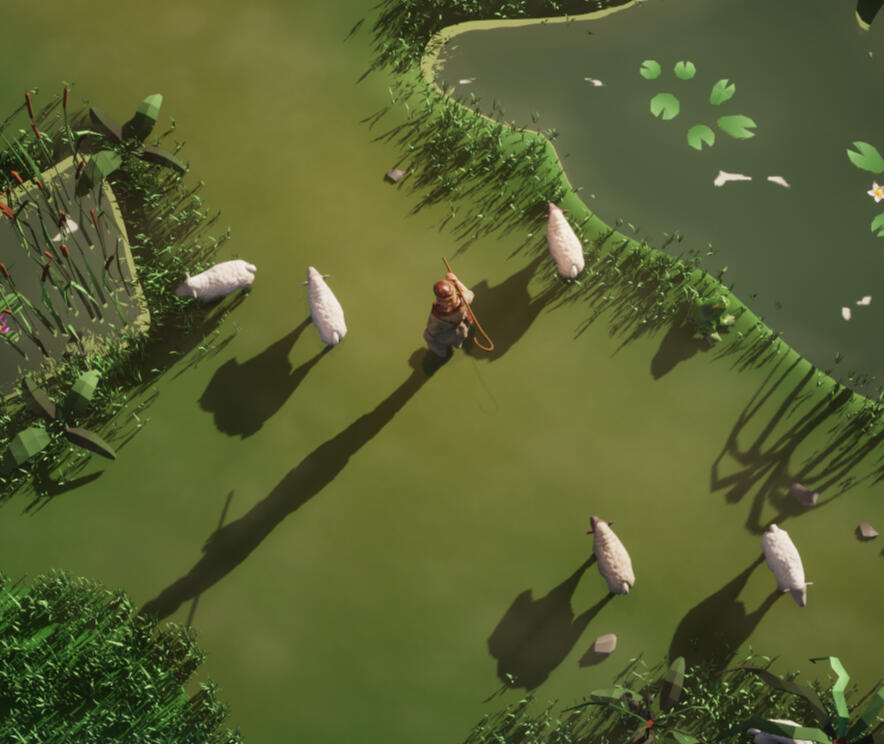
Sheepwatch is a resource management / exploration game with some RTS elements.You are a shepherd whose goal is to protect, feed and grow their herd of sheep.During the day you explore and graze the lands while foraging for some useful resources. As the sun sets however, you may find that the countryside holds some sinister secrets.
Gameplay Design
The gameplay loop is basically just eat, sleep, repeat. If you succeed then you will wake up with even more sheep!As your herd grows larger, the difficulty does as well. The herd will demand more food which leads you further out into the wilderness, and further into the night, which means more enemies, and their sanity starts to drop etc.
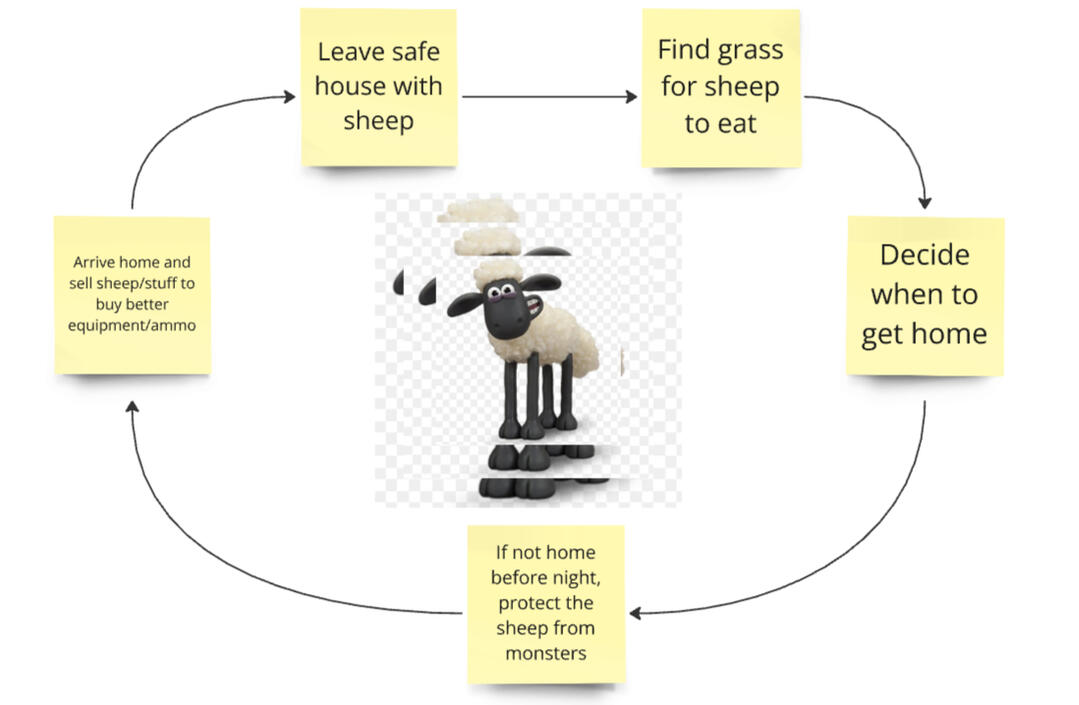
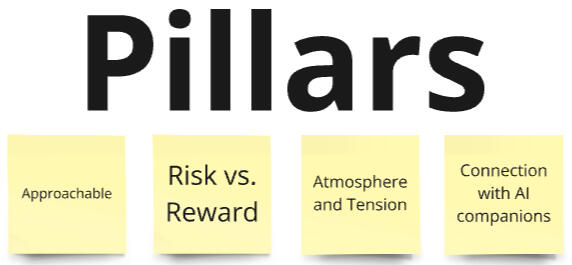
- Believability: Their AI behavior feeling real and sometimes inconvenient really helped give them personality.- Immersion: Providing a cozy atmosphere and a pleasant world was key. The game has plenty of downtime and seeing players opt to stay immersed during it was very rewarding!- Responsibility: The sheep are cute and helpless. Who wouldn't want to step in and take care of them?- Scarcity: Starting with a small herd and making the growth slow and meaningful made sure that the sheep never felt disposable.
The main goal of this project was to have the player form a bond with their sheep.Every aspect of the game had to compliment this goal in some way.Here are some of the main methods we used:
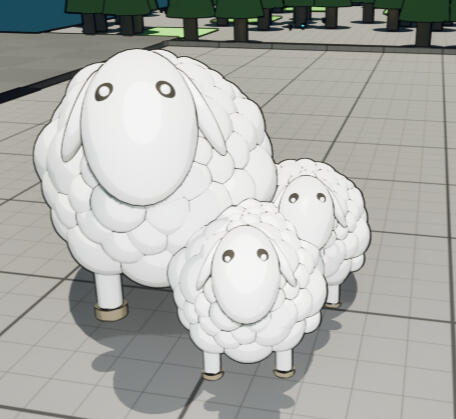
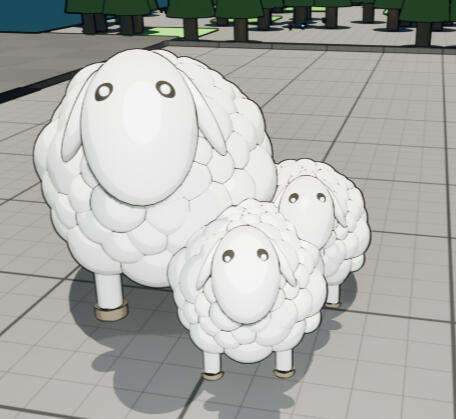
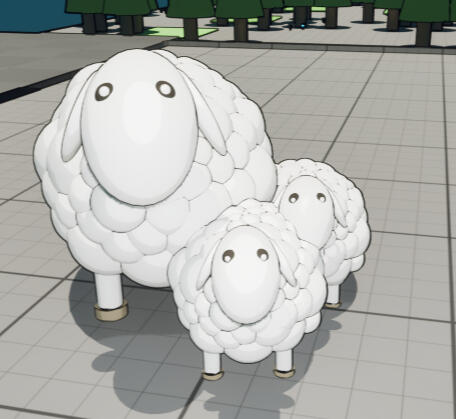
!!! EVERYTHING PAST THIS POINT IS WORK IN PROGRESS !!!
The Progression Problem
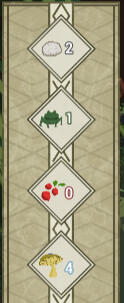
We had designed the game with a progression system in mind, making sure that we could easily tweak lots of variables in case we wanted upgrades to change them.The problem was that I wanted to focus on this system while also being the Product Owner in the project.I ended up putting too much on my plate, which caused this system to suffer due to the fact that the issues I ran into didn't appear until too late in the project.
While tweaking numbers is an easy way to give a player objective buffs, they don’t feel very exciting, transformative or meaningful to the player.Getting a few extra % of movement speed does not change how the player behaves. It wont be exciting enough for anyone to go out of their way to save up for it. They might just buy it when they open the shop and think: “Oh I can afford this thing.”
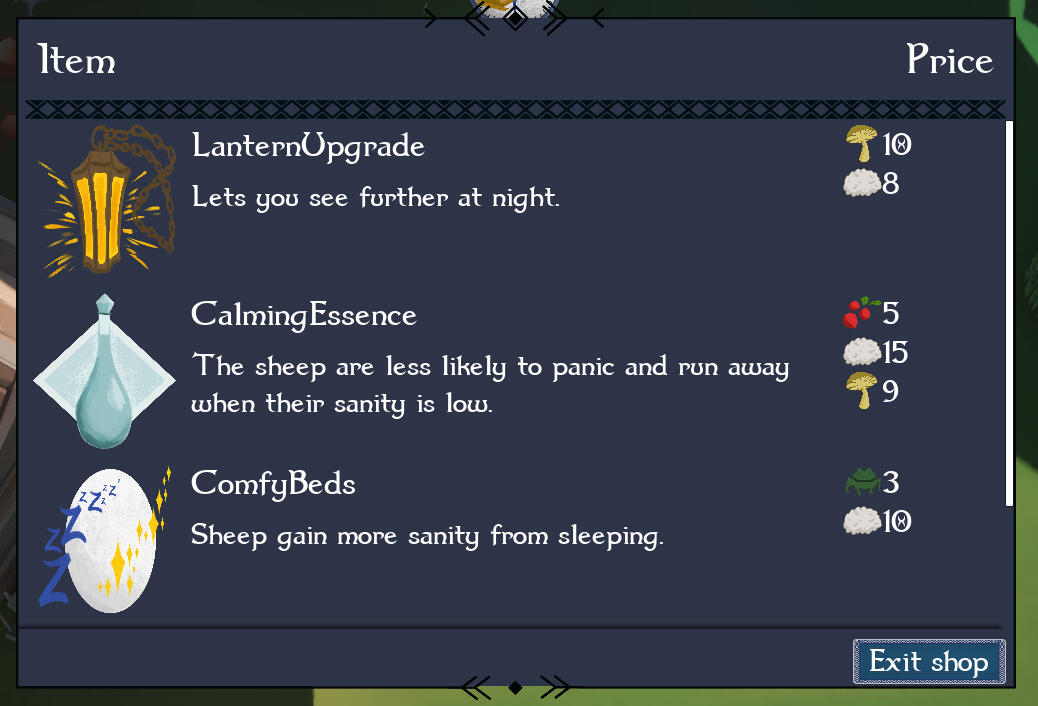



Why is that? My guess is the lack of instant feedback. It’s hard to be excited about being able to be 7% more efficient tomorrow.I realized too late that for the upgrades to feel meaningful they’d need to be much more. And would require way more work than to just make an existing thing slightly better.
In the end the system still worked as intended. Foraging kept the player busy while the sheep were eating and also increased tension as the sheep could be attacked while the player has wandered away. (it also helped the player progress, of course)I just wasn't satistfied with the amount of oomph that the upgrades provided. Their existence is justified in terms of design, but I don't feel that is enough.
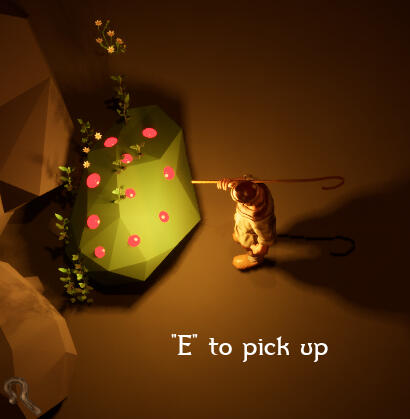
Summit Sprint
Gameplay Design | Unity
Index:
1. Intro
2. The Premise
3. The Research
5. The End
Intro
This school project had a team of 16 people. We were tasked with making a mobile game themed around an extreme sport of our choosing.My focus this project was on the process of converting a complex sport into a simple and fun game.
We ended up picking rock climbing, which felt quite risky as it posed a question that has not been answered very often: How do you translate the feel of rock climbing into a video game?Thankfully, I do a lot of climbing both indoors and outdoors so this was the perfect challenge for me to take on.
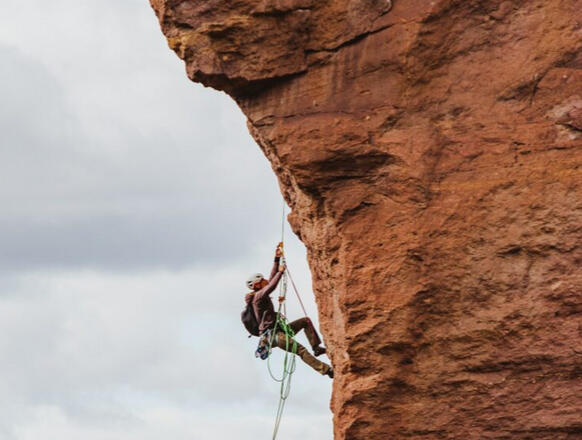
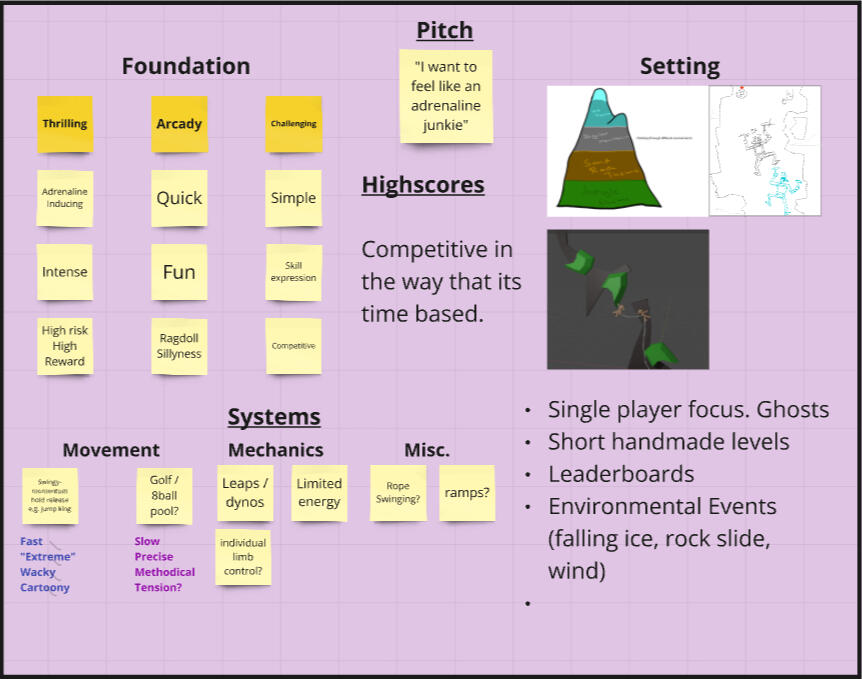
There are a number of ways to make something feel "extreme". Adrenaline, danger, speed, competition, and precision to name a few.I felt that the best choice especially for a mobile game was to go with something that is fast paced, arcady and competitive.Here you can see a pitch I made that contained many of those elements.
The Premise
One of the main ideas was to lean into indoor bouldering. It is already very gamified and more people are familiar with that style.To lean into the "extreme" the main character could be a daredevil or a stunt-man that boulders through routes with extra props like trampolines and springboards.
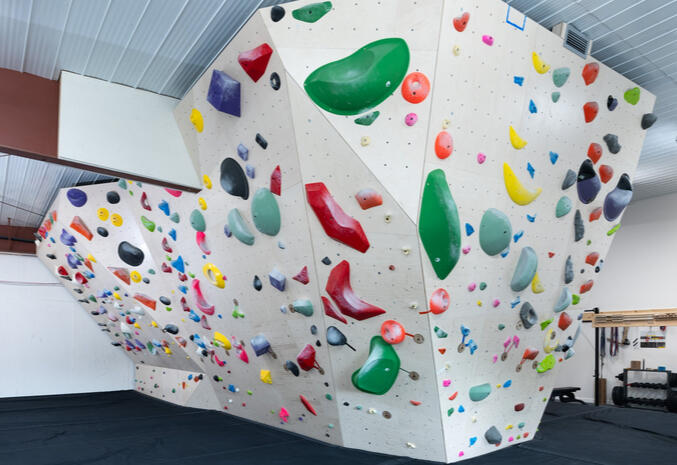
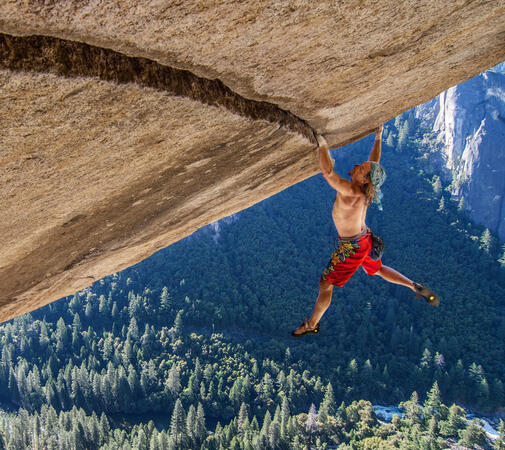
The other idea however was to lean into outdoor climbing. Here the stakes are higher and we can lean into a more natural source of adrenaline. Nature, of course.What’s cooler than scaling a tall dangerous cliff with speed and confidence? Actually there is one thing.
Doing all of that without any safety gear.
One day I remembered that there was a documentary called Free Solo that I had wanted to watch for a while. It's about Alex Honnold, a climber who scaled a 900+ meter tall cliff with nothing but a bag of chalk.I pitched free soloing to the team and the choice became obvious. This is the extremest of extreme sports.
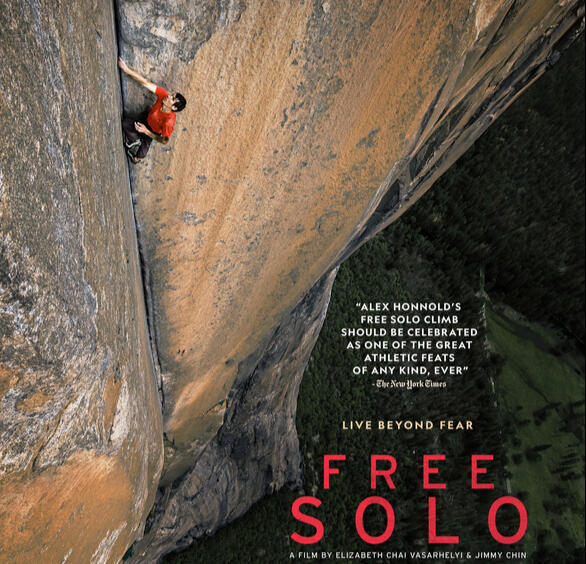
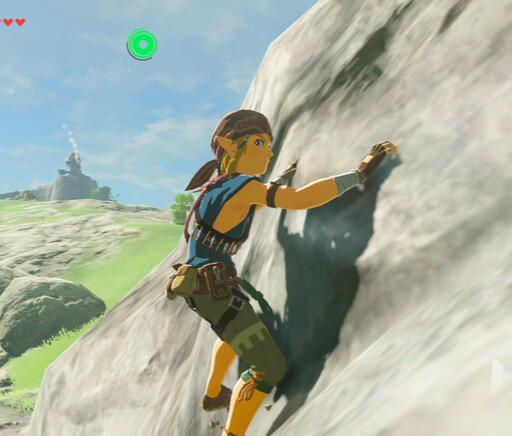
The Research
In order to make a satisfying mobile experience we wanted something that is easy to pick up and easy to put down. Short levels, simple controls, low skill floor, high skill ceiling.But the most important aspect was the climbing itself. Before deciding how to approach the gameplay however, we first had to look at how other games handled climbing.Lots of games have climbing mechanics, but we were only interested in the very few that have it as the core mechanic.
Jusant had just come out and was a slow and cozy game that was entirely about exploring using their climbing mechanic.This was quite novel as no other game we found had approached climbing in such a sophisticated manner. While not super similar to our game, there was still a lot to learn from here.The most interesting thing to me was that even in a slow and methodical climbing game, they still opted to leave the legs out of the climbing system. You just move your arms and your legs snap to the wall accordingly.
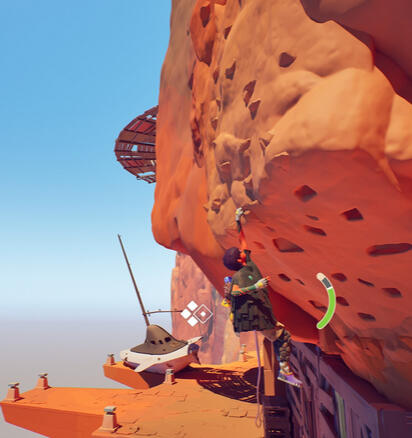
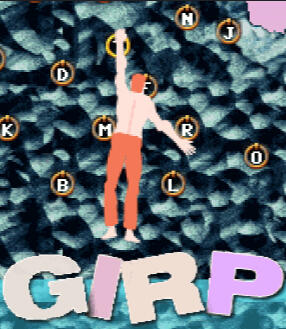
GIRP, by Bennett Foddy is an old flash game that is actually the sequel to QWOP, which you might have heard of.Like QWOP, it is driven by very unintuitive controls that focus on specific muscle contractions. Your goal is to get as high as possible before the rising tide catches you.Analyzing this game was surprisingly helpful. I wanted the controls to be very intuitive and simple, and seeing what kind of approach achieved the opposite gave me a clear direction.
Klifur (Icelandic for climbing) is a puzzle climbing game where you control one limb at a time. This game is actually super cool (not biased I swear) and I was fascinated by just how well this game translated the feeling of indoor bouldering.This game is all about technique, positioning and twisting your body in crazy ways in order to reach the end. What genuinely perplexed me was how much my real life climbing knowledge translated into this game. This was super inspiring to see!The levels were very interesting and had many ways you could optimize your route both in terms of speed and number of moves.
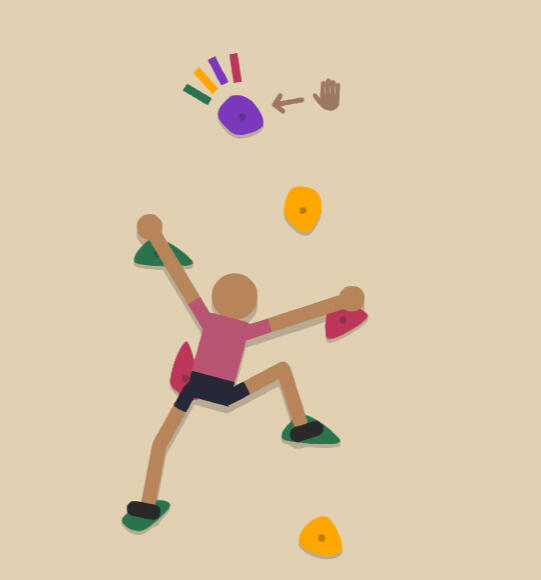
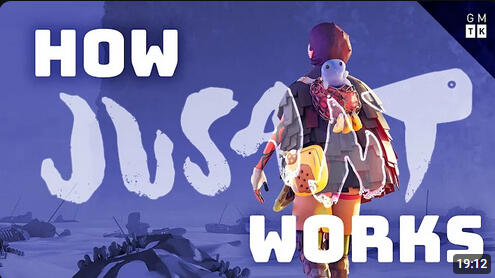
On top of this, GMTK had just made a 20 minute analysis video on Jusant and how it handled rock climbing.While very informative I think the biggest benefit from this was that it pushed all of us into a more analytical headspace and boosted the team morale.
All of this research and inspiration leads us to the juicy part:
The Execution
*lightning strike for dramatic effect*
The game now had a very clear direction. I started getting quite a clear vision of what the game was supposed to feel and play like, so I started charting it out so that we could start testing things!The arcade racing style took a lot of inspiration from the Trackmania games as well. Below is a list and explanation of the mechanics that drive the game.
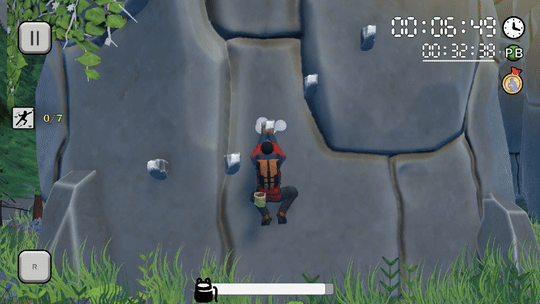
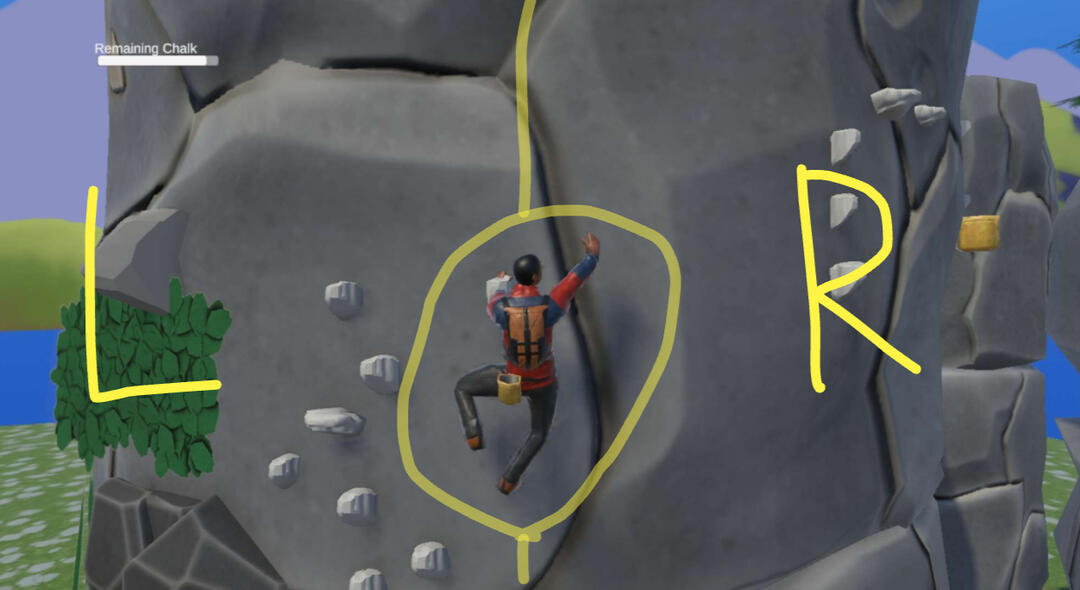
Movement: The screen is divided into three parts: left, right and the middle. The left and right side move the respective hand when you swipe, while the middle section let's you perform a dyno. (Explained below)When you swipe and let go the character grabs the nearest hold, if there isn't any in snapping range then he grabs the previous one again.
Dyno: This is the climbing term for when you leap off the wall completely in order to grab a hold that is out of reach. This move is already very difficult and scary in a controlled environment, but while free soloing up a cliff? That's on a different level.This became one of the core mechanics of the game for a good reason. It was super fun, allowed for tons of skill expression, and complimented everything that we were going for in this game.
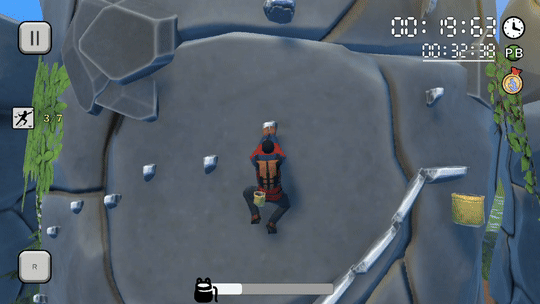
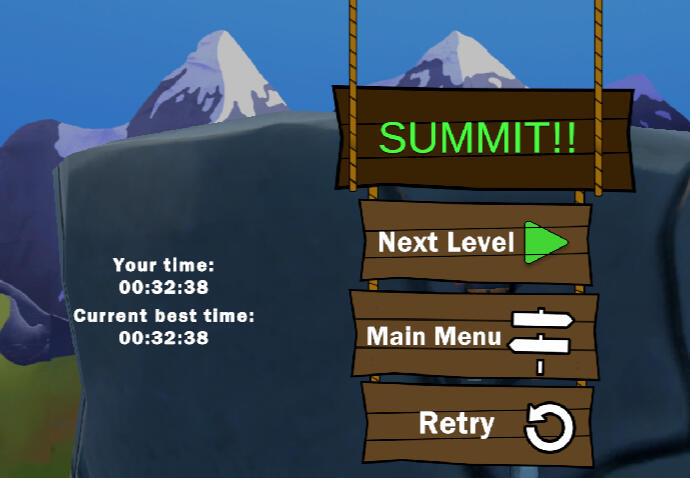
Time Attack: You are racing against time. There’s medals, an author time and leaderboards. You can also race against a ghost of your own best time.
Level Design: Short levels that are fairly linear and easy to follow but have a lot of room for nuance. It’s important that good times are not exclusive to people with mechanical skills, but also anyone who is tactical and can find efficient routes through the levels.
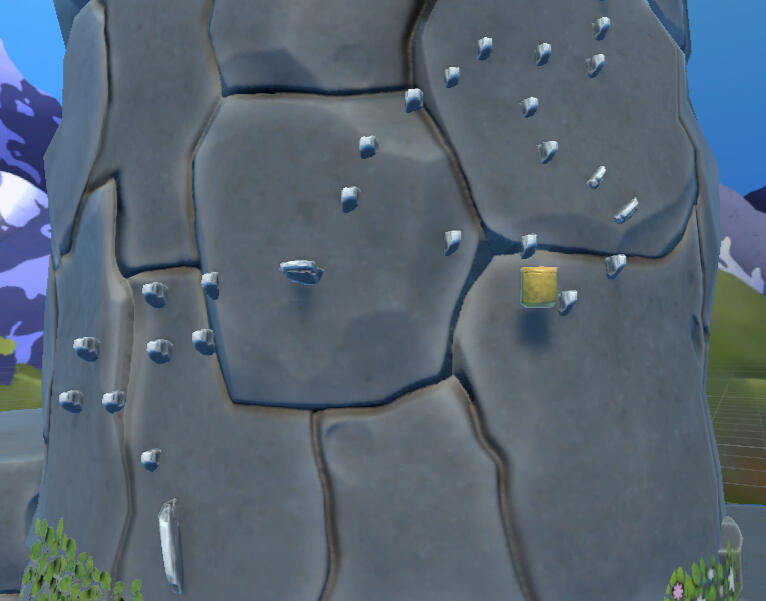
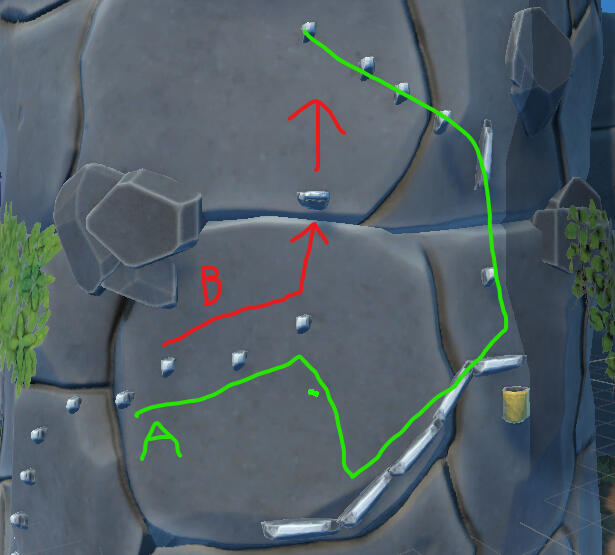
Shortcuts: For those who are observant and brave, we had to have at least one intentionally placed shortcut in each level. Players will of course find many unintended ones as well, but that is part of the fun!I am a player who loves outsmarting devs, and so I will always cater a little bit towards that crowd, paradoxically.
Stamina: Your stamina bar is represented by a chalk bag. Every move costs a bit of chalk, and dynos cost even more.The levels contain chalk pickups that instantly refill the chalk bar. This added more strategy to the levels, as you would have to take chalk into account when trying to find the optimal path.
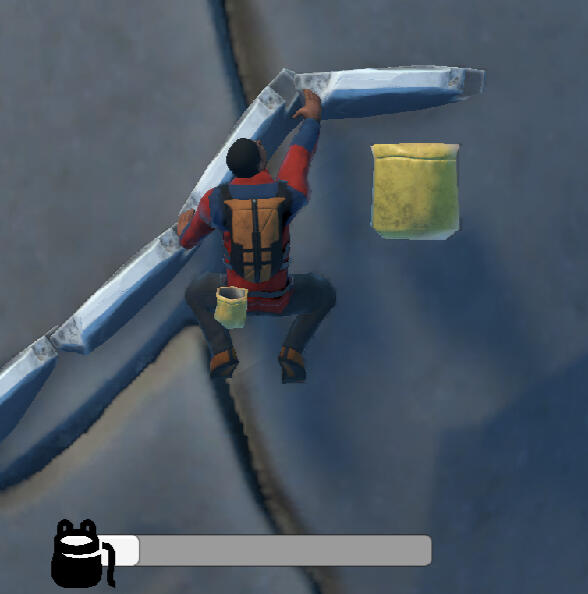
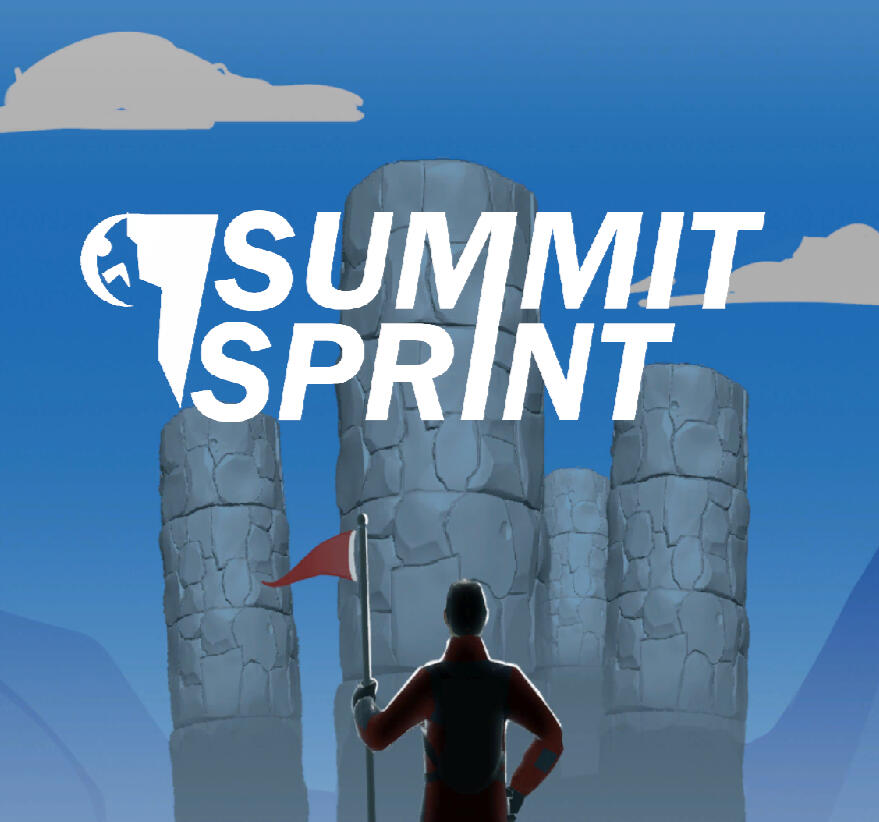
The End
This was very fun to work on and I am happy with how well it turned out.The process of researching and turning a concept into gameplay is always super fun and fascinating to me.I also tend to be quite shy and non-confrontational, but in this project I managed to assert myself and give my opinions on things, which I am super proud of myself for!
Boss Battle Prototype
Gameplay Design | Unreal Engine
Index:
1. Intro
2. The Boss
2.5. The player
3. Reflection
Intro
What did I do?
I spent most of my time making diagrams, charts and outlines for the player, boss and the systems that drove the encounter. The main challenge was learning to effectively communicate my intention to the team. (shocking, right?)Later on I spent a lot of time doing my favorite thing, Problem Solving based on feedback! I implemented a little bit of stuff using blueprints as well.
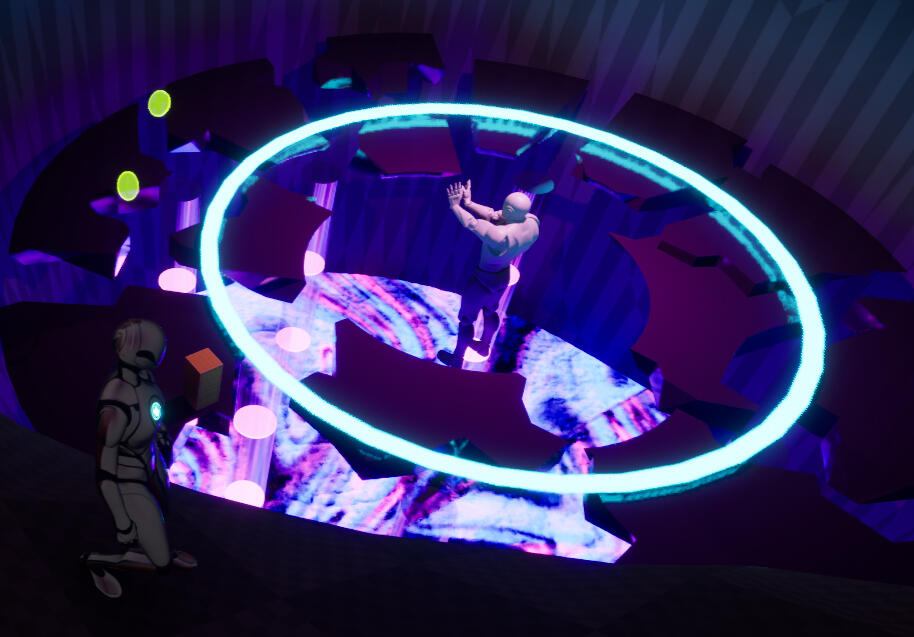
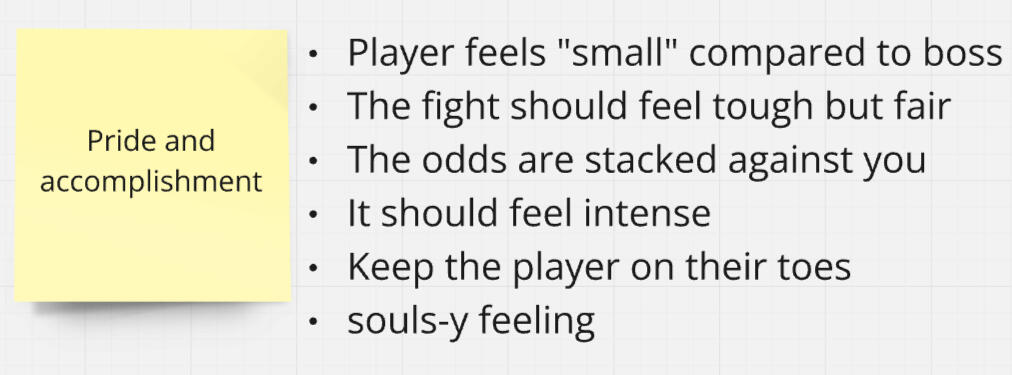
Intention
It was very helpful to establish the feeling we wanted to evoke from players.
I also established some rules that helped push us in the right direction.for the core loop I took a lot of inspiration from my experience playing against and learning the mechanics that drive the raid bosses in Lost Ark.
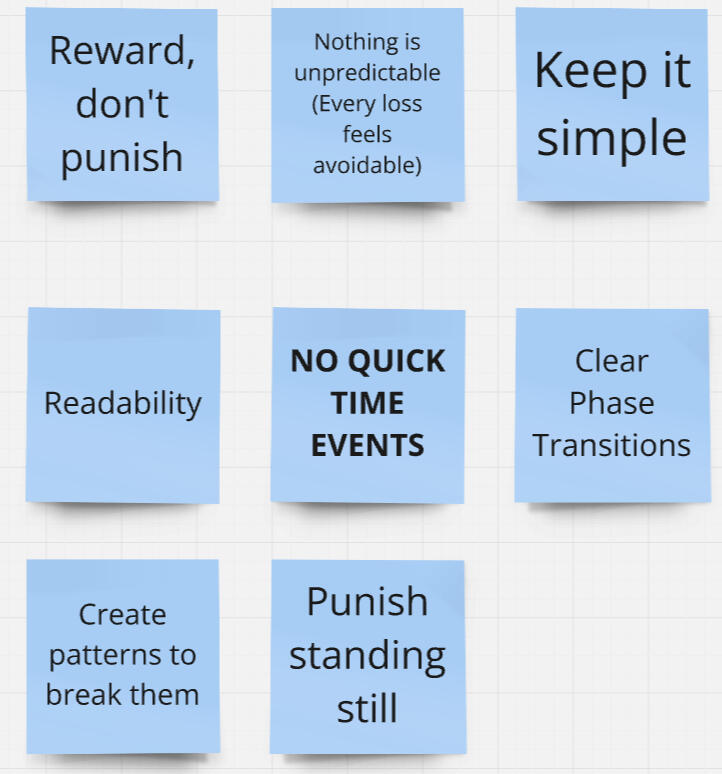
The Boss
Phases
The boss has 3 phases.The first serves as an introduction, giving the player a chance to learn the attack patterns and get comfortable.Phase 2 ramps up the intensity, making sure the player can't stay comfortable for too long.In phase 3 the arena shatters into pieces, forcing the player to jump between them while dealing with all of the attacks.
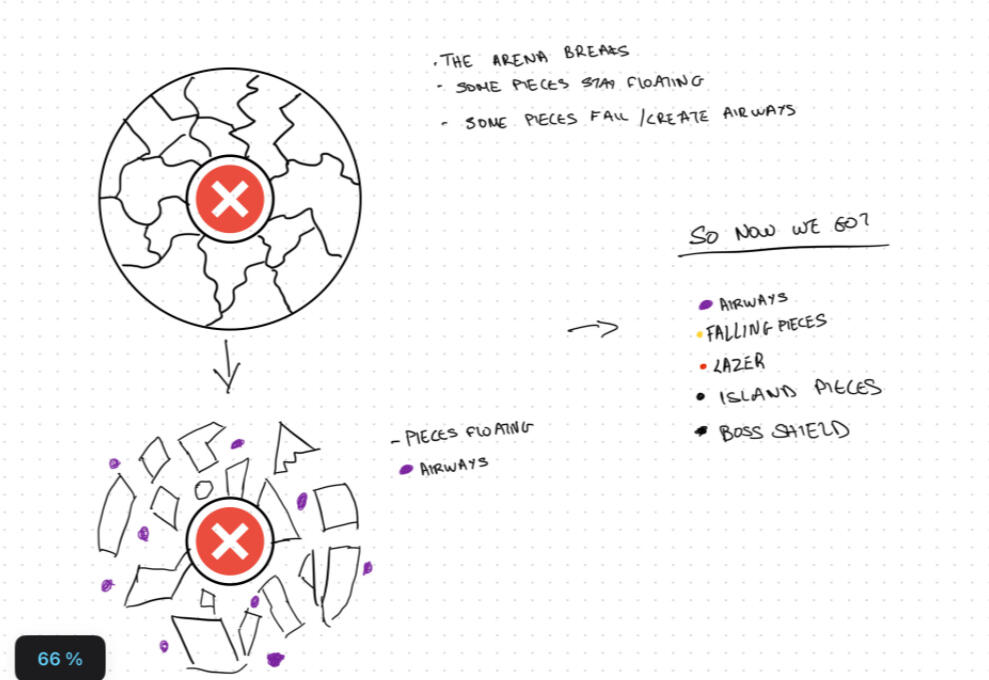
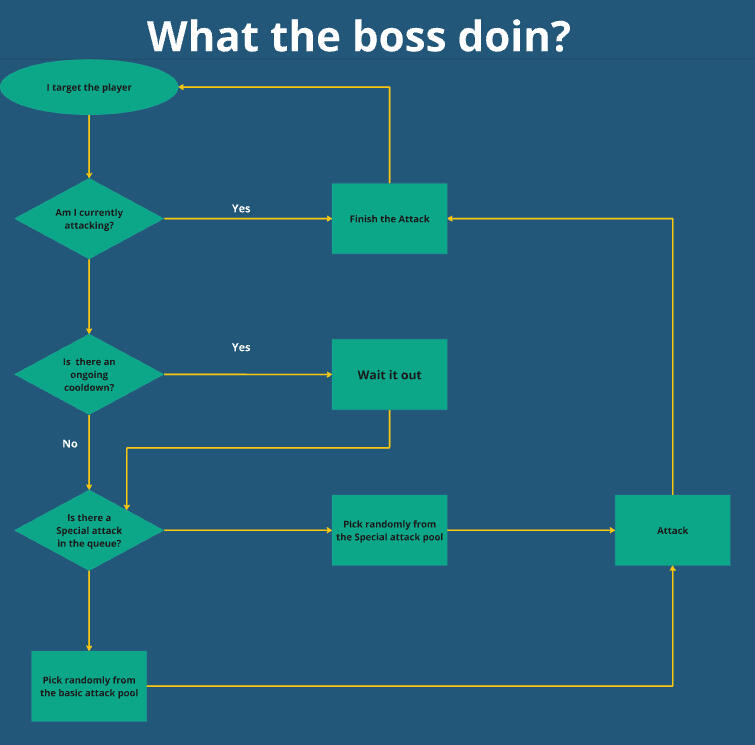
This boss has 3 attack types
- Basic (Low impact)
- Special (High impact, telegraphed)
- PassiveThe boss operates on a queue of attacks. If the queue is empty, a random basic attack is performed.Every X seconds AND at certain HP breakpoints, a random special attack is added to the queue. (Cooldown X is reduced after every phase)Passive attacks are separate from the queue. They are triggered when certain conditions are triggered by the player. (examples below)
Gimmick
Debris: The boss fight happens inside an active volcano. Due to the unstable environment debris falls from the ceiling regularily and can be used as cover. Attacks from ANY source damages these, and when destroyed they sometimes drop health pickups.
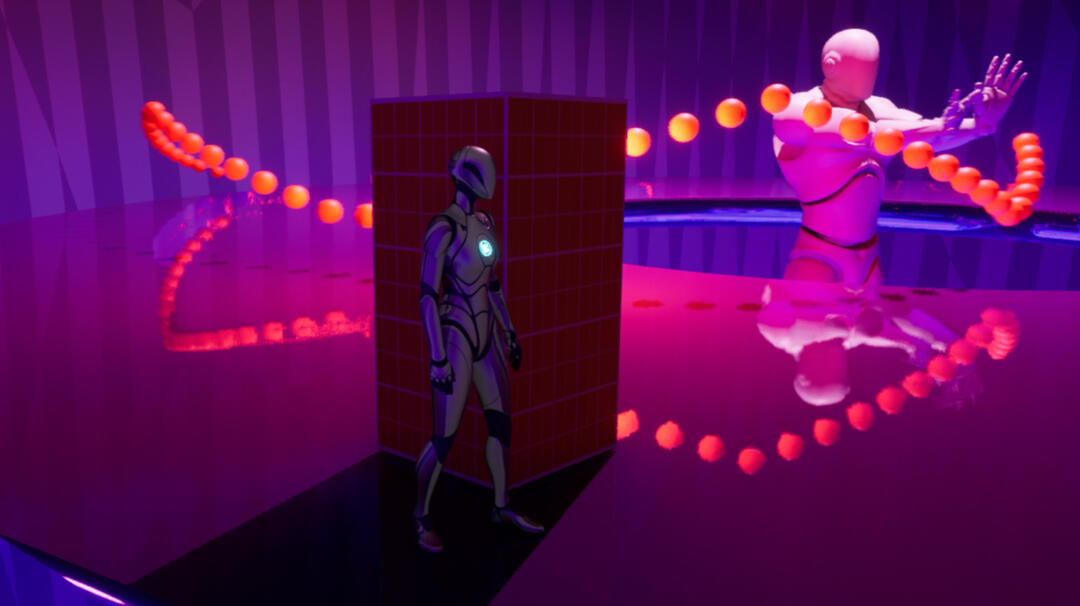
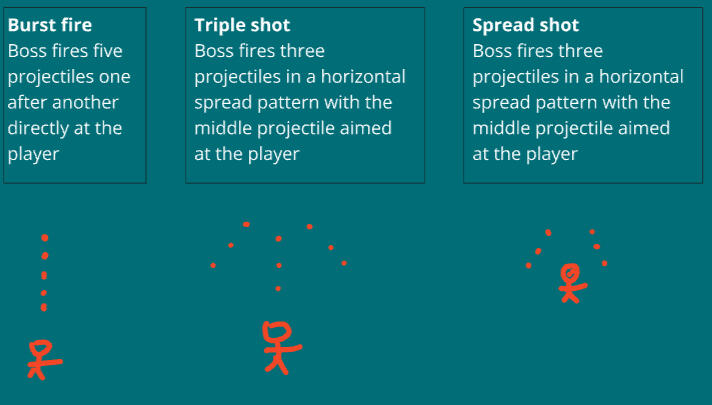
Beautiful art that I made for the team
Attack Patterns
Basic Attacks
The basic attacks keep the player busy and moving around constantly. This helps familiarize the player with the playable area.The variations force the player to pay attention and respond accordingly.
Special attacks
Ground Smash: The boss slams the ground sending a shockwave out in all directions from the center, destroying debris and knocking back the player.Beam Swipe: The boss shoots out a beam Dragonball style and swipes it towards the player.Turret Summons: The boss summons stationary turrets around the arena that shoot at the player.Bullet Barrage: The boss fires tons of bullets in a zig-zag pattern towards the player.
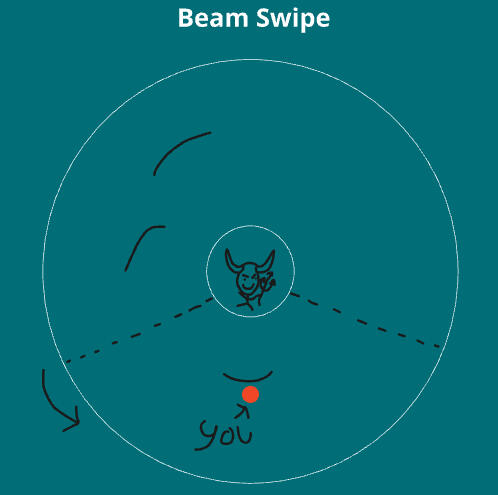
Another one of my priceless illustrations
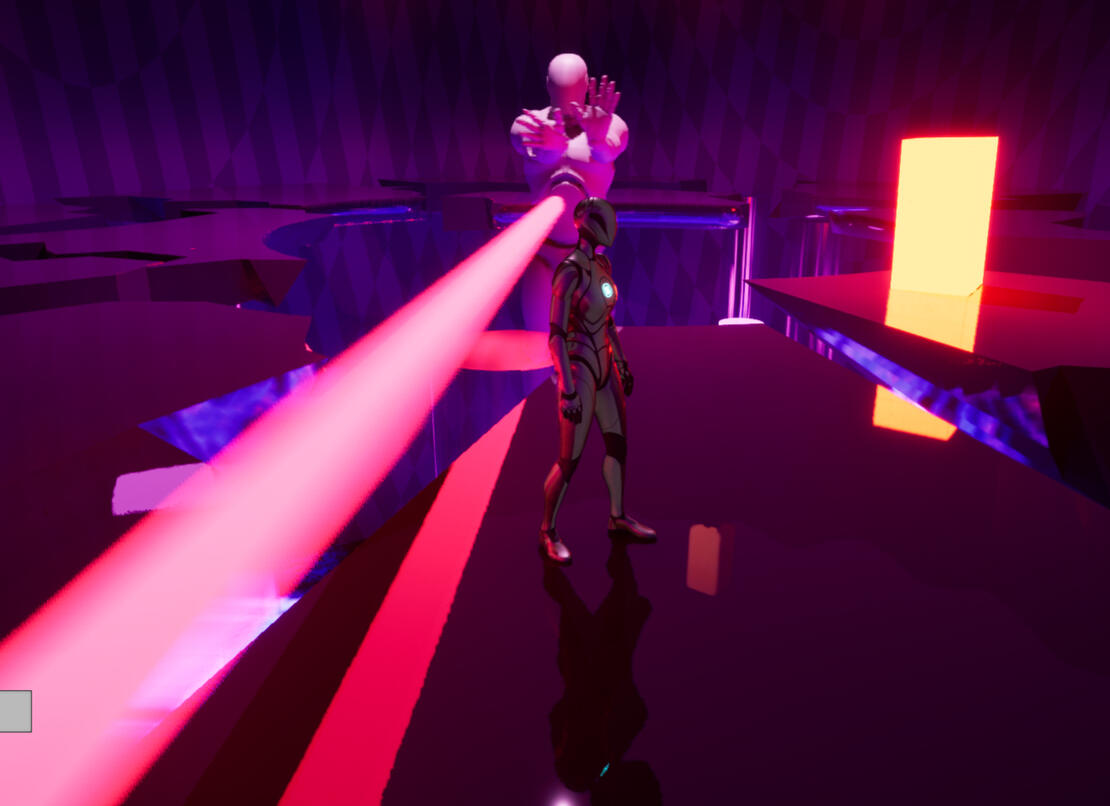
The turrets teach the player to prioritize targets and to think more about their surroundings.The Ground Smash resets the arena and prevents too much debris from building up as well as forcing the player to jump to dodge it.The beam and barrage can be dodged either with good positioning or movement. As the difficulty ramps up choosing the most efficient way to dodge becomes more vital.
Passive attacks:
Boulder Drop: If the player stands still for too long, a boulder falls on the player. It is telegraphed by a growing shadow and does not become debris.Ground Smash: If the arena has too much debris, This attack is triggered.
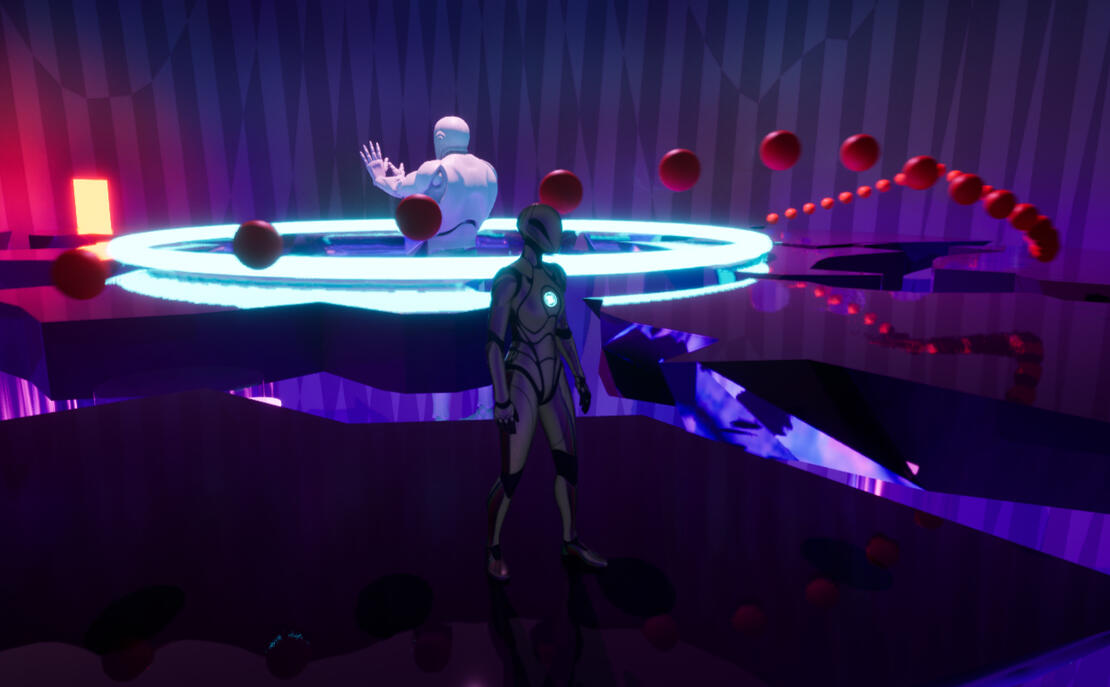
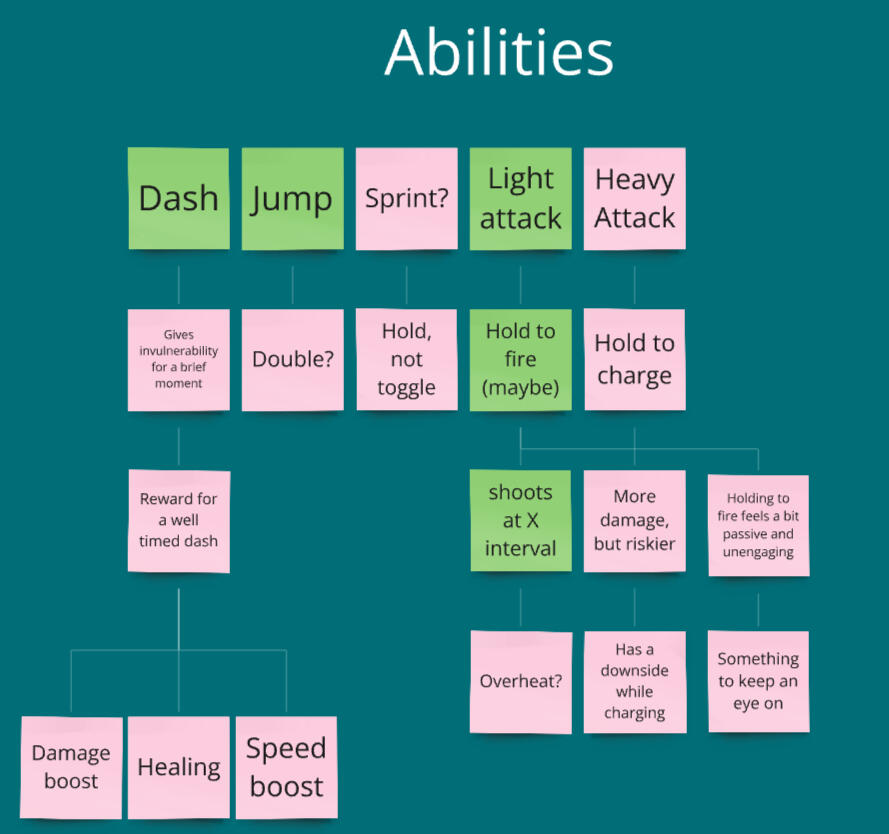
The Player
The player was supposed to be quite complex. But it quickly became clear that most of these abilities had no reason to exist.Part of what I love about design is to be very intentional. Every mechanic needs to serve a purpose, fit in, and add to the experience.This image shows all the ideas, and highlighted in green is what made it into the prototype.Jumping, Dashing, Shooting and of course moving around.
Reflection
Throughout this project a common issue was that the players didn't quite behave how we had hoped. They would find a strategy that wasn't fun or they wouldn't utilize any of the space they had. This then became a game of cat and mouse where we tried to introduce a system that would address the issue.I was particularly proud of the passive Boulder Drop ability. It was a very effective and sneaky way to encourage more movement from the player. The health drops from broken debris was also very effective!There are tons of things I would do differently now, but that energy will go into future projects instead.
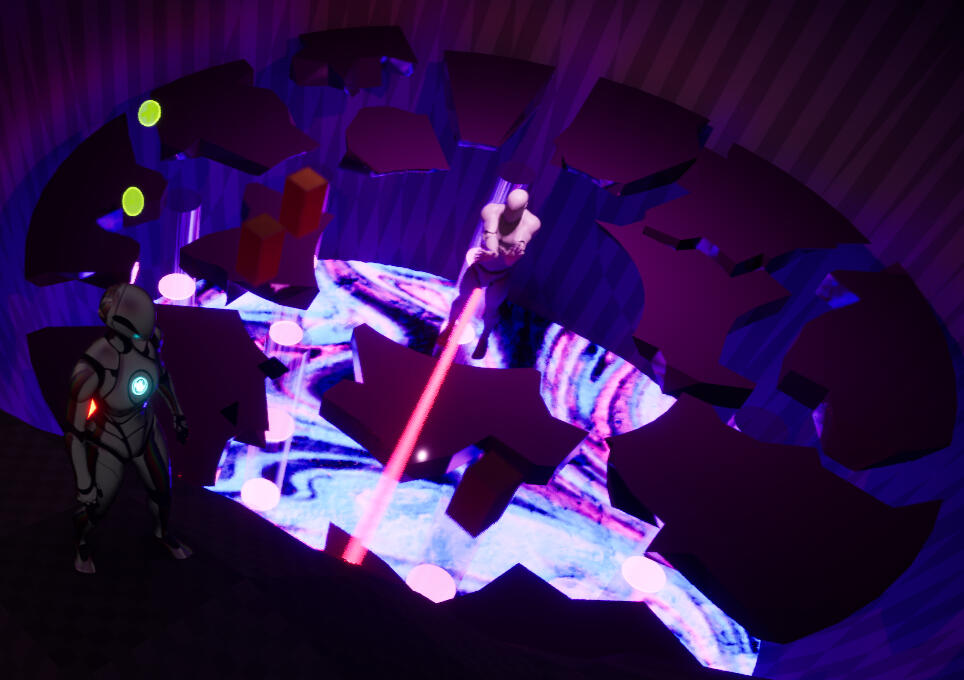

Davíð Bjarki Jónsson
Human being and more!
he/they
Hæ!I am an Icelandic game design student studying at FutureGames in Stockholm.I have a background in Computer Science and programming. I thrive when I can use my problem solving skills and design intuition in a creative environment. You already know I love game design, here's some other fun things!In my free time I go bouldering and play badminton. I love occupying the dinner table with giant jigsaw puzzles, and of course playing video games to relax, speedrun, or climb ranked leaderboards for bragging rights. I am also a huge linguistics nerd.I love creating things and am constantly on the lookout for new creative mediums. Photography and writing are my main creative outlets currently.
Game Engines:
Godot, Unity, Unreal Engine
Programming Languages:
Python, C#, C++, HTML/CSS
Reviews
"I would hire you" - Anonymous Friend
"I would hire you" - Me, if I was you
"Hire you, I would" - Yoda
"Seems kinda shady, I wouldn't trust him" - MomAverage review score:
4.4/5